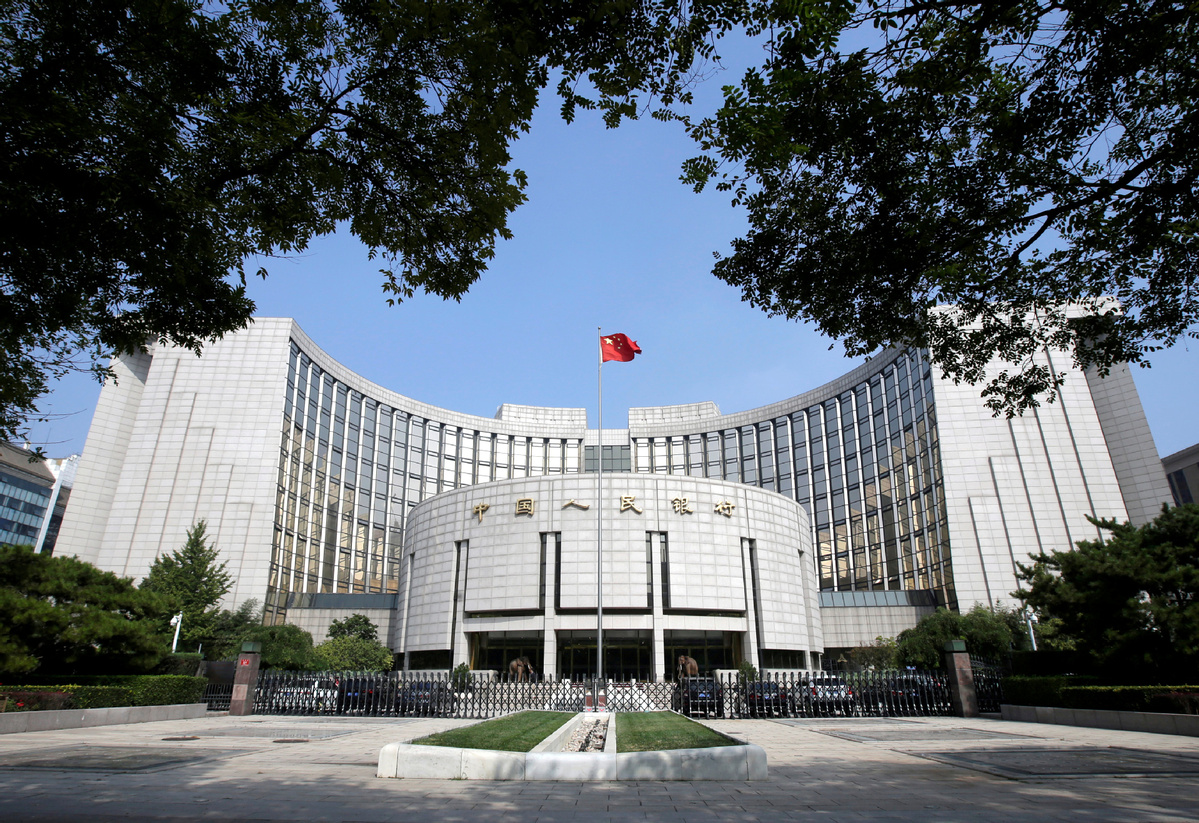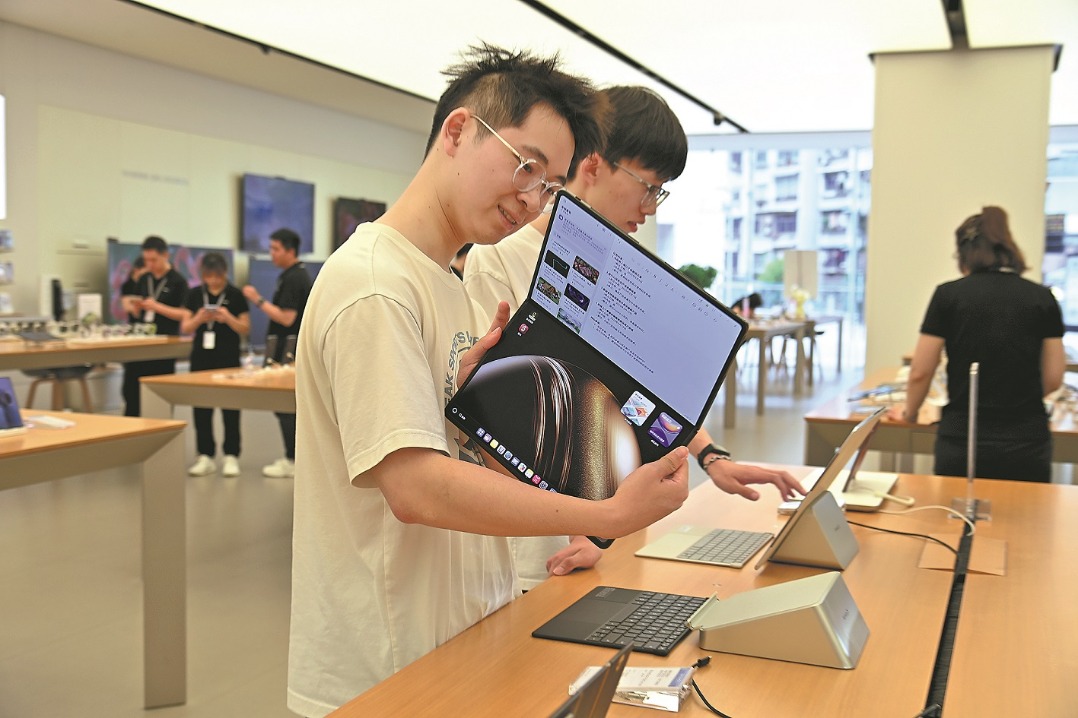Central bank cuts interest rates to boost real economy


China's monetary authorities lowered interest rates of major lending facilities, given a projection of moderate consumer inflation in coming quarters, in support of credit to smaller businesses hit by the novel coronavirus pandemic.
"The probability of an obvious inflation rebound is low, and the consumer price index is predicted to drop gradually by quarter this year," a group of central bank officials wrote in an article published on Wednesday.
Based on the projection, the People's Bank of China, the country's central bank, decided to cut the interest rates of the re-lending and rediscount lending facilities as of the beginning of July.
Cutting the rates is a signal of easing money supply to benefit the real economy, although some PBOC officials recently hinted at withdrawing special monetary stimulus measures, given that the pandemic is almost under control in China and economic recovery in the second quarter was strong, according to analysts. Those special measures were implemented to boost the economy when COVID-19 hit.
The one-year interest rate charged by the PBOC's lending to financial institutions that take deposits-called the re-lending rate-decreased by 0.25 percentage point to 2.25 percent. That is aimed especially at increasing cheaper credit for agricultural and small firms. Meanwhile, the rediscount rate dropped by the same extent to 2 percent, the central bank said.
The bank also lowered the interest rates of re-lending for financial stability purposes by 0.5 percentage point to 1.75 percent, a central bank statement showed.
It's the first time in a decade that the PBOC has adjusted therate of rediscount, a monetary policy tool to support banks' commercial paper financing and replenish liquidity. Commercial paper is a type of promissory note to finance short-term credit for large institutional buyers.
In China, the rediscount facility has been an important measure since 1995. It was used originally to solve corporate loan delinquencies by providing ready access to funding.
The central bank said it will use flexible and appropriate monetary policy in pursuit of its inflation stability mandate. With the impact of COVID-19, intensified inflation or deflation needs to be prevented during the economic recovery, according to the article from PBOC Monetary Policy Department.
"In the second quarter, the output is predicted to return to a natural growth level, and the narrowed output gap will help to stabilize prices," it said.
Lower interest rates for the lending facilities indicated that the stance of easing monetary policy has not yet been reversed. Still, market participants have been worrying about monetary tightening since mid-April given rising interbank rates and government bond yields, said Ming Ming, a senior researcher at CITIC Securities. The central bank arranged a quota of 1.8 trillion yuan ($254.8 billion) for re-lending and rediscount after the COVID-19 outbreak, and part of the quota had not yet been used as of Wednesday, according to the PBOC.
The central bank is likely to increase the use of such structural tools rather than flooding the economy with liquidity in order to improve the efficiency of the monetary policy transmission mechanism. The measures can also provide credit directly to the real economy, said Yan Se, chief economist at Founder Securities.
At an executive meeting in mid-June, the State Council required financial institutions to convey 1.5 trillion yuan of their profits to firms to help them survive the COVID-19 pandemic.
Meeting participants also called for cutting the reserve requirement ratio-the proportion of cash that financial institutions must keep on deposit-to maintain ample and reasonable liquidity.
Lou Feipeng, a senior economist at Postal Savings Bank, said that under the measures, banks will be able to obtain funds from the PBOC at lower costs, and real lending rates will continually decrease in the coming months.
"We expect to see a broad-based cut to China's reserve requirement ratio by 50 basis points in the third quarter, or an equivalent amount of liquidity injection via targeted RRR cuts or other measures such as the central bank's re-lending and rediscount program," said Ding Shuang, chief economist for Greater China and North Asia at Standard Chartered.
He estimated that China will cut the interest rate on the medium-term lending facility by 10 basis points in the third quarter, which will encourage lower loan prime rates.




































